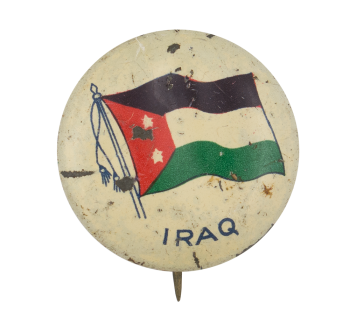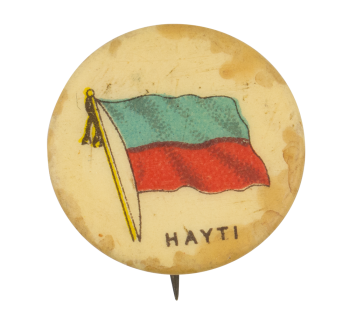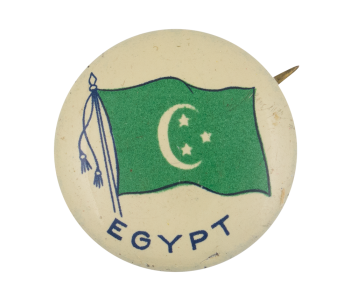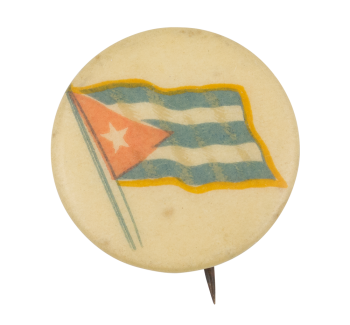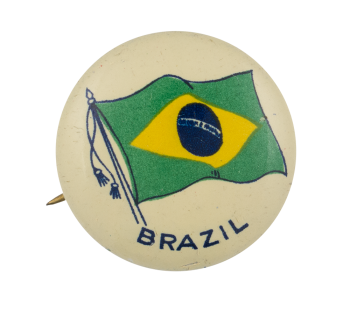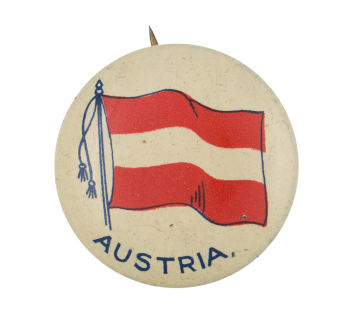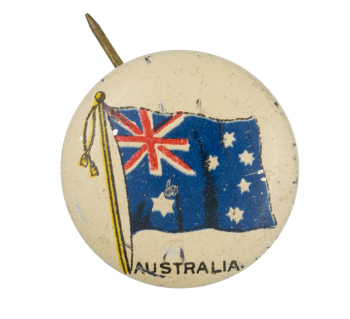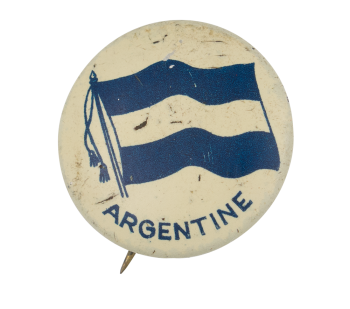Japan Flag
| Category | |
|---|---|
| Additional Images | |
| Sub Categories | |
| Text on Button | JAPAN |
| Image Description | Illustration of a flag with a red circle on it and blue text on a white background |
| Back Style | |
| The Shape | |
| The Size | |
| Additional Information | The national flag of Japan is called Nisshōki, meaning “sun-mark flag” but more commonly called Hinomaru, meaning “sun disk.” Japan’s national flag pictures a red sun disk representing the Japanese sun goddess Amaterasu against a white background representing the honesty, purity, and integrity of the people of Japan. According to legend, Amaterasu was the founder of Japan and the ancestor of the first emperor. The emperor was known as the “son of the sun” and Japan became known as the “land of the rising sun.” |
| Catalog ID | AR0327 |



